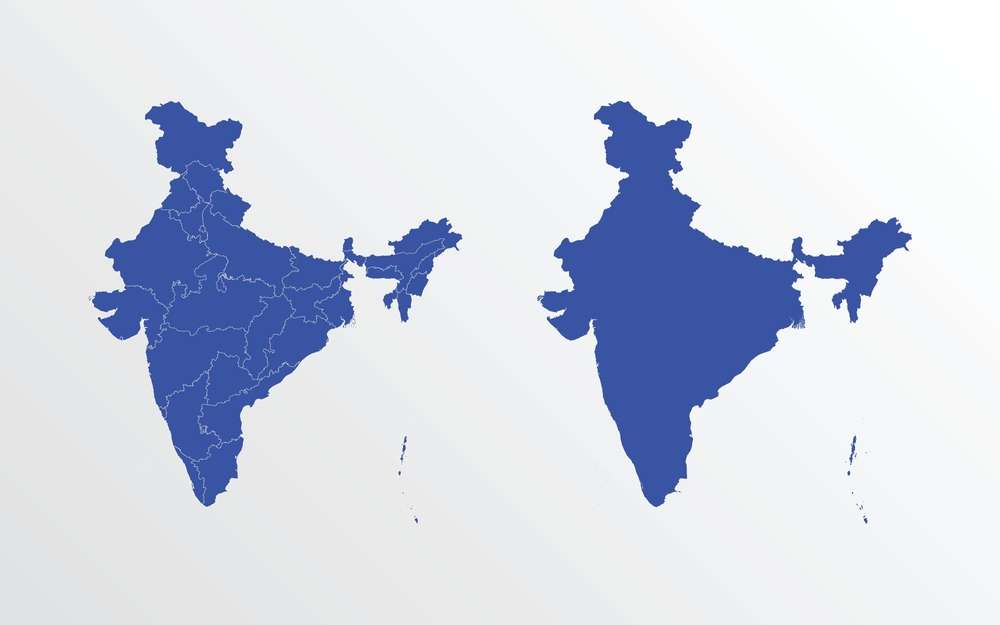Some journeys are quantified in miles, and then some are quantified in the silent transformation of the soul, aromas, and memories. The latter is undeniably the case during a voyage through South India. Traveling through the southern region of India is akin to entering a profoundly meditative state, where time pauses, the air is scented with jasmine and filter coffee, and the cadence of life is synchronized with the sound of temple bells and pounding waves, in contrast to frenzied excursions that hurriedly move from one landmark to the next.
South India, which includes the states of Tamil Nadu, Kerala, Karnataka, Andhra Pradesh, and Telangana, is a region that is both contemporary and immersed in archaic traditions. It still maintains a sense of the past. As I traversed its cities, coasts, hills, and sanctuaries, I discovered its character is genial, generous, and welcoming. I was no longer merely a traveler; I was a silent observer undergoing a transformation.
Temples That Whisper History
In Tamil Nadu, my voyage commenced a state in which spirituality is practiced and lived. I was greeted by the first light of dawn at the base of the Brihadeeswarar Temple in Thanjavur. The temple’s spire, which was majestic and reached to the heavens, cast long, golden shadows across the courtyard. The silence of stone is only interrupted by the chanting of priests and the rustle of sarees against ancient corridors, and the air is dense with devotion.
Temples in South India encourage visitors to take their time, in contrast to the hurried prayers of city sanctuaries. I could not navigate the labyrinth of pillared corridors at Madurai’s Meenakshi Temple as the aroma of incense and camphor guided me. The narratives inscribed on the walls convey a message, including tales of love and loss, conflict and peace, and gods and mortals. These are not merely sites of sanctuary; they are thriving repositories of collective memory, history, and art.
INDIAN VISA FOR NIUEAN CITIZENS
The Enchantment of Nature
I craved the delicate embrace of nature after days of temples and sacred rituals, and Kerala, also known as “God’s Own Country,” beckoned to me. Kerala can soothe the fatigued voyager. Alleppey’s verdant backwaters, where houseboats meander through narrow channels surrounded by coconut trees that sway in the breeze, provided a profound, almost sacred serenity. I experienced a rare sense of tranquility as I watched the sunset while floating on the tranquil waters, accompanied by the distant sound of a flute emanating from the shore.
I transitioned from the tranquil backwaters to the atmospheric highlands of Munnar, where tea plantations are reminiscent of a verdant ocean. As I strolled through the dew-kissed plantations at daybreak, I was led by the gentle murmur of foliage and the distant sound of birdsong. Locals greeted me with smiles and tales and invited me into their homes. Hospitality in South India is not merely a service but a genuine demonstration of compassion and pride.
A Symphony of Flavors
A trip to South India is incomplete without indulging in its cuisine, which is a vibrant symphony of hues, textures, and flavors. Dining is both spiritual and nourishing, and each meal is a ritual traditionally served on a banana leaf.
In a small eatery that was concealed in a Chennai passageway, I was served a dosa that was both humble and indelible. It was crispy and golden and served with coconut chutney and sambar that were bursting with flavor. The table in Kochi was dominated by seafood, including piquant fish masala, crustaceans perfumed with pepper and lime, and delicate parotta that dissolved on the palate.
Cuisine is not solely about flavor; it serves as a narrative device. A blend handed down through generations, whispered from grandmother to granddaughter, in kitchens containing centuries of wisdom, each dish speaks of the land, the climate, and the culture.
People and Moments That Stay
The people of South India captivate the heart long after the voyage concludes. They are cordial, inquisitive, profoundly rooted in their traditions, and open to the world. The most cherished mementos are the quiet, unscripted moments, from the auto driver who insisted on escorting me through his favorite local sites to the matriarch in a village near Coorg who taught me how to weave a jasmine garland.
Due to its profundity, everyday life in South India is both inspiring and somber. Whether you are attending a village festival where the sound of percussion reverberates throughout the night or witnessing a Kathakali performance under the sky, each experience encourages you to be fully engaged.
INDIAN VISA FOR OMANI CITIZENS
The Journey Within
As I departed the southern point of India, where the waves crashed at Kanyakumari, where three seas intersect, I experienced a sense of both farewell and return. South India had not only presented me with its stunning landscapes and temples but also tenderly reflected my inner self. It served as a reminder that travel is not solely about traversing distances but also about returning to one’s inner self.
A pilgrimage not only of the feet but of the spirit is a soulful voyage through South India, not a vacation. Once you have traversed its sacred pathways, savored its flavors, and danced to its beats, you are never truly ready to depart. A portion of you remains behind, eternally captivated by the warmth of the South as it whispers back through dreams and memories.
More articles: Dolphin Watching in Cambodia: Where to Spot the Rare Irrawaddy Dolphin

